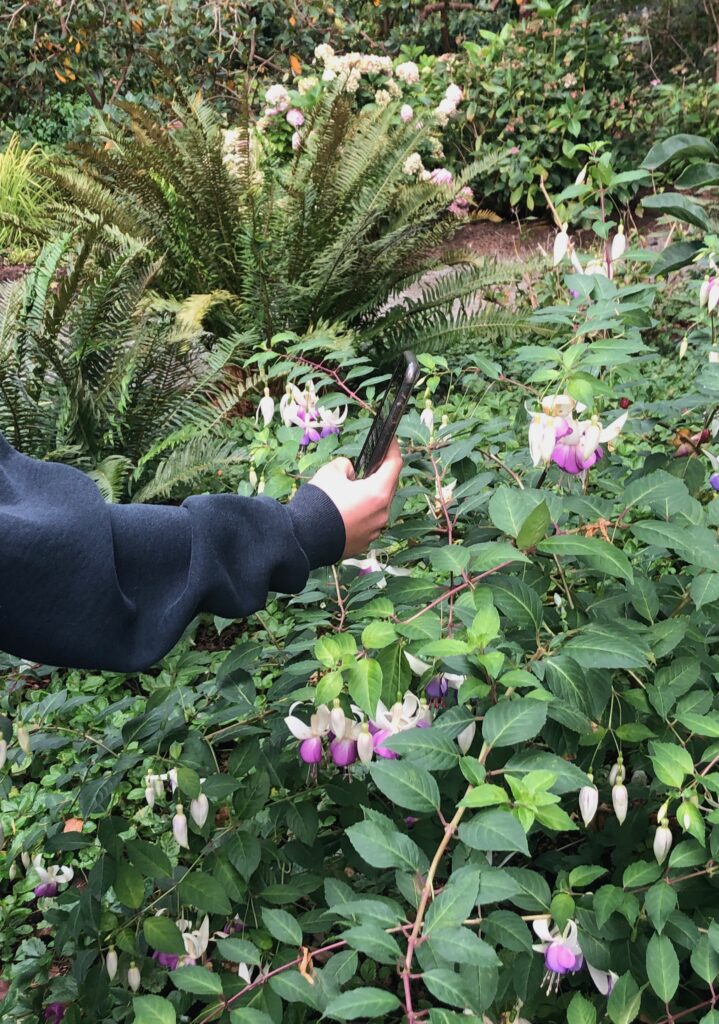
Earlier this week, the class had a chance to walk around outside before mornings were characterised by frost and icy breath. I have to admit, it surprised me that we wouldn’t be sitting in front of computer screens and projectors for Tech – after several weeks you think you reach a predictability, but it looks like that’s always subject to change. Maybe that’s an indicator of an effective classroom: keeping possibilities open.
I hardly take the chance to walk through Finnerty Gardens, and I certainly wouldn’t have thought to do so in late October, but we had a talk on how stewardship and connection to place doesn’t rest in the same way that technology doesn’t get away with compartmentalizing itself from the natural world. Hopefully, the walk would inspire us to consider how we could blend technology and the environment together in a classroom – but I’d only ever brought the outdoors in, not the other way around. In an Indigenous Studies class I took earlier this year, we grew our understanding of policies and projects by zooming out our lens: when you looked through Google Maps, you could see how much industrialization has occurred in Victoria by the amount of grey content, for example; the enormity of Hartland landfill behind the drop-off depot, previously invisible to the public, could actually be grasped.
This whole thing didn’t sound like it could actually be regular parts of a classroom to me, at least not at first, and especially not to all grade levels (maybe primary students would want to know about the Malahat expansion, but they wouldn’t be voting on it). Once we got into the gardens, things changed. I suddenly noticed the seasons had changed a lot since I had left my summer job at the end of August, which was tending to a lot of the same plants that are in Finnerty. My first visit had been in April, and I had known next to nothing about the flowers and greenery; my second was in May, when I got to point to everything in bloom and name it; now, everything was dead-headed, crisping at the edges, cut down to rest.
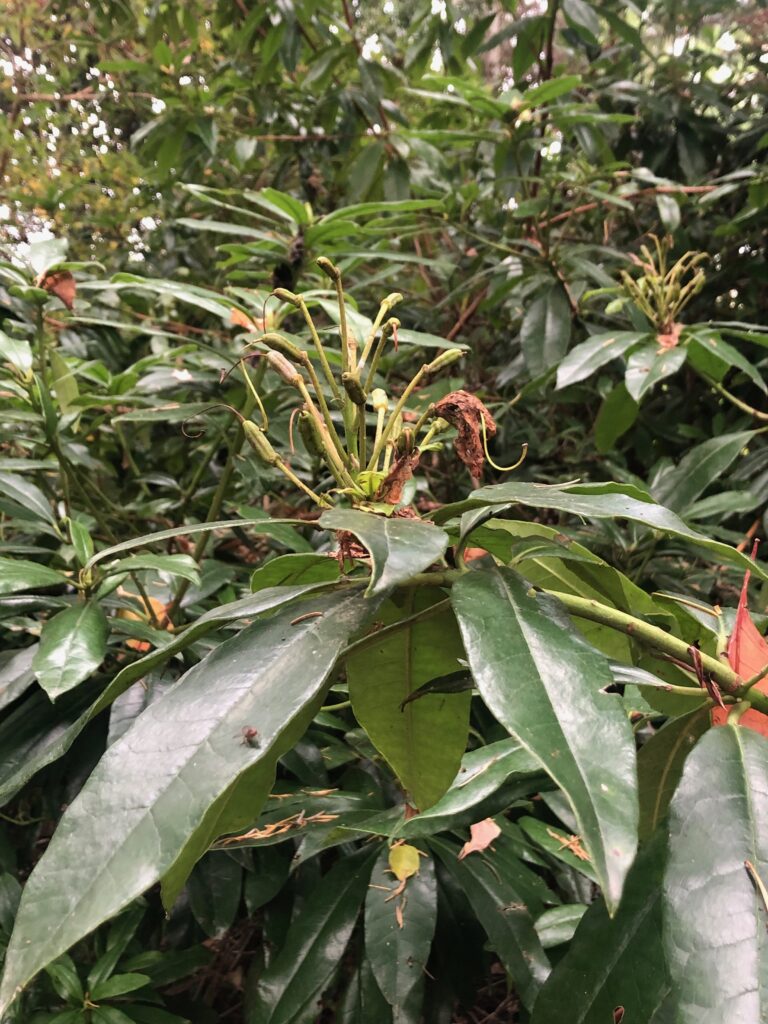
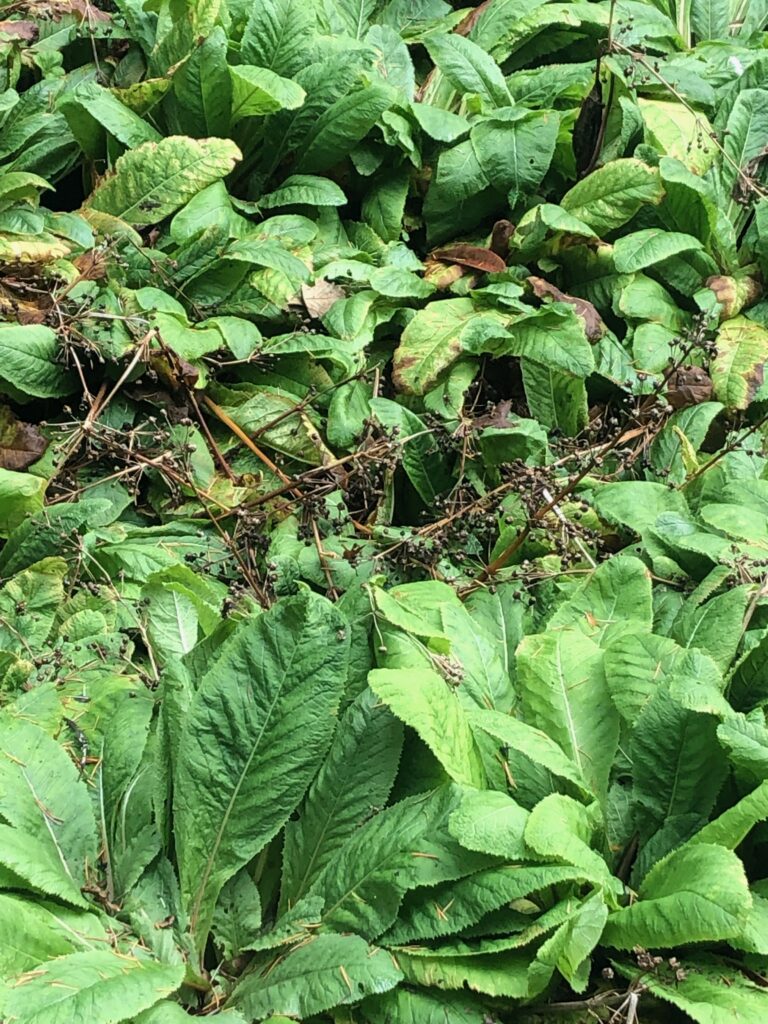
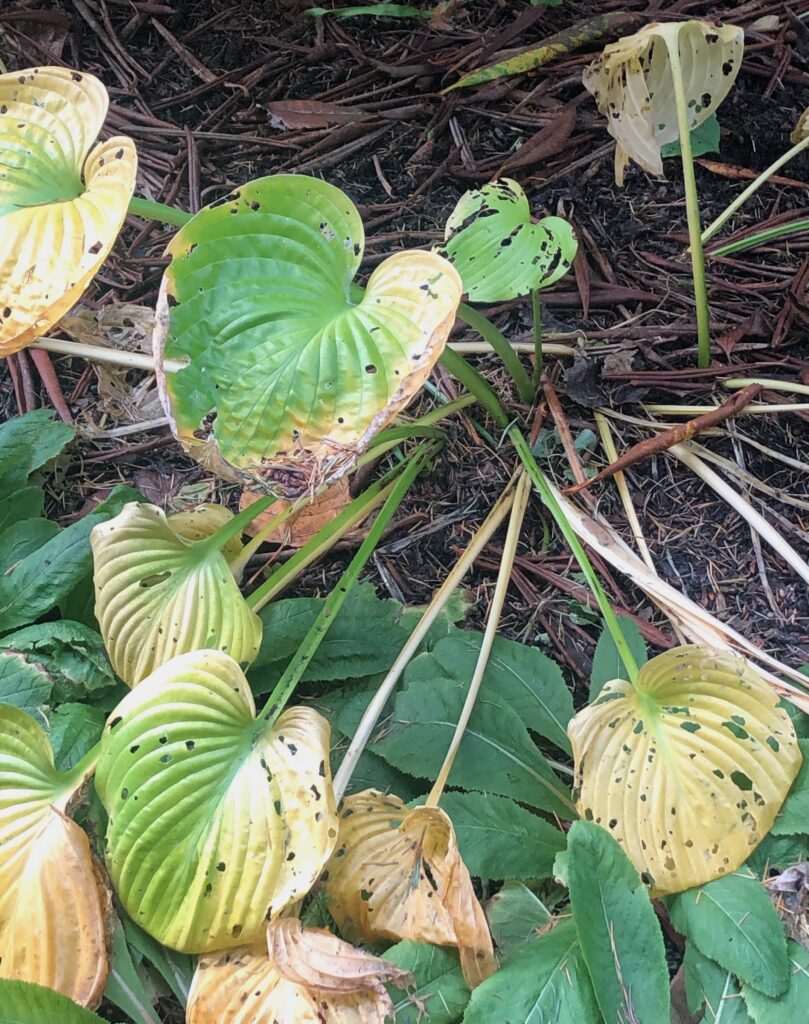
It’s a little sad when the sun can’t sustain life in the same way it used to, and I guess that’s why we literally call it S.A.D., but after a season of growing plants I know that there is revival – I just hadn’t noticed the process before.
As I walked through, I came to like the resting state of everything. I started to remember my first month of the job, when everything was just green and leafy, and it didn’t seem so far away – these could have been just about to bloom again, like the roses that grow outside my bedroom window.
Some of the plants were ones that I didn’t have names for, which pulled me in more. What would their flowers look like, if they have flowers at all? When do they start to form – are they always growing? What parts of the plant will be around in a month? Two months? Four months?
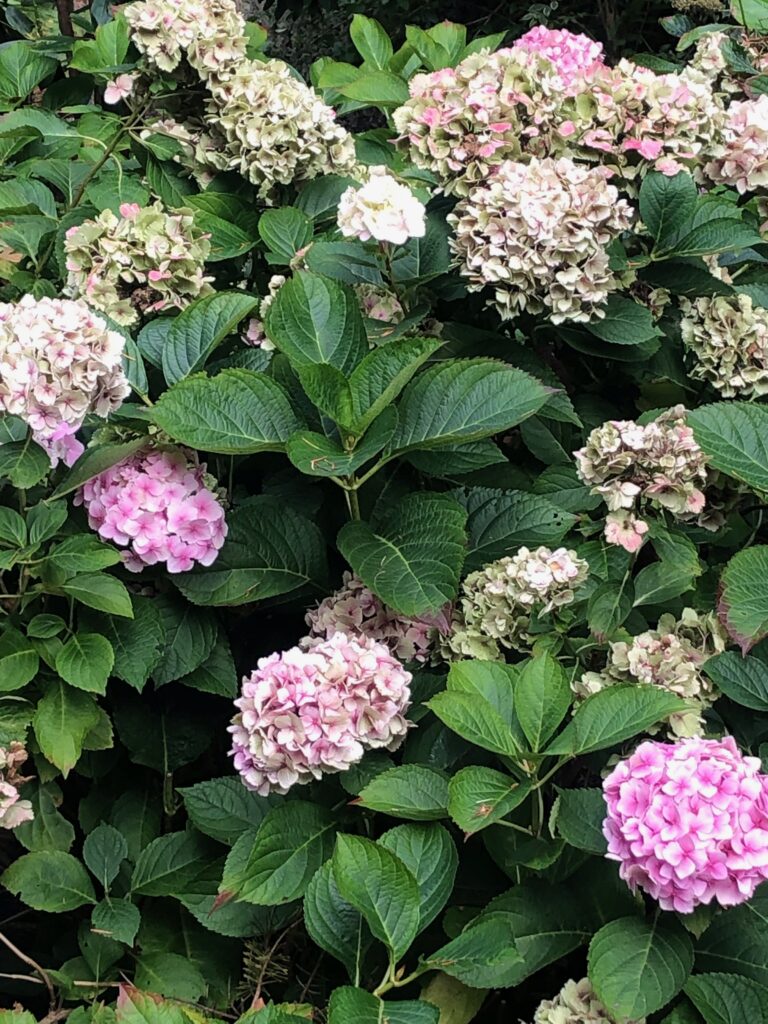
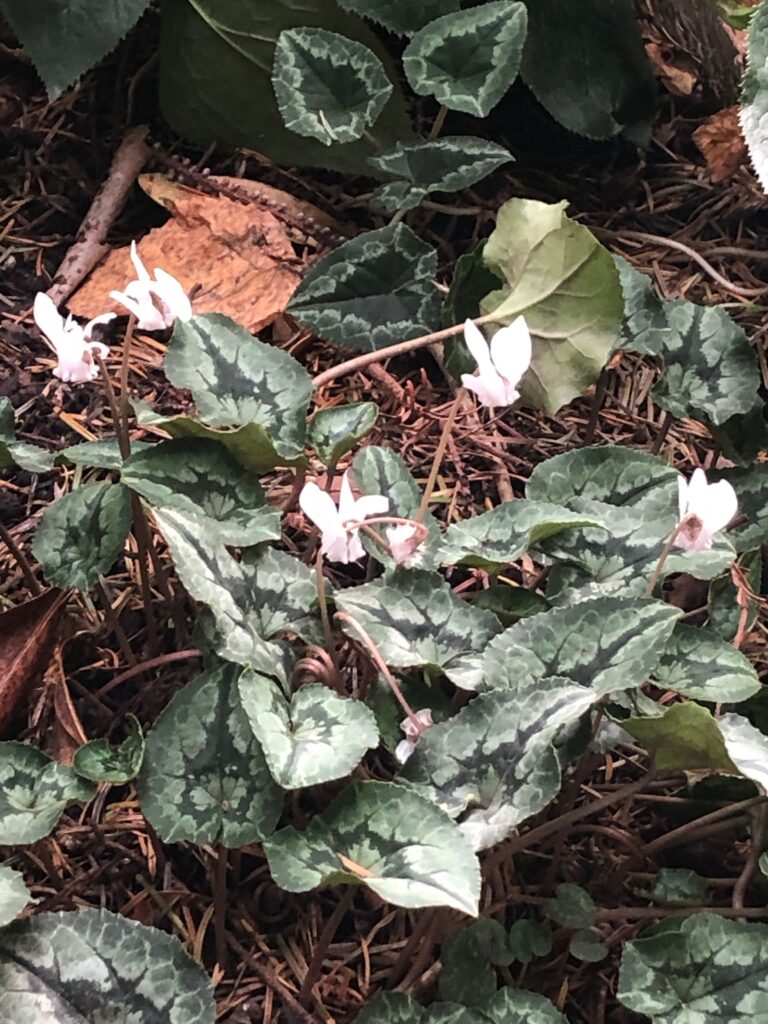
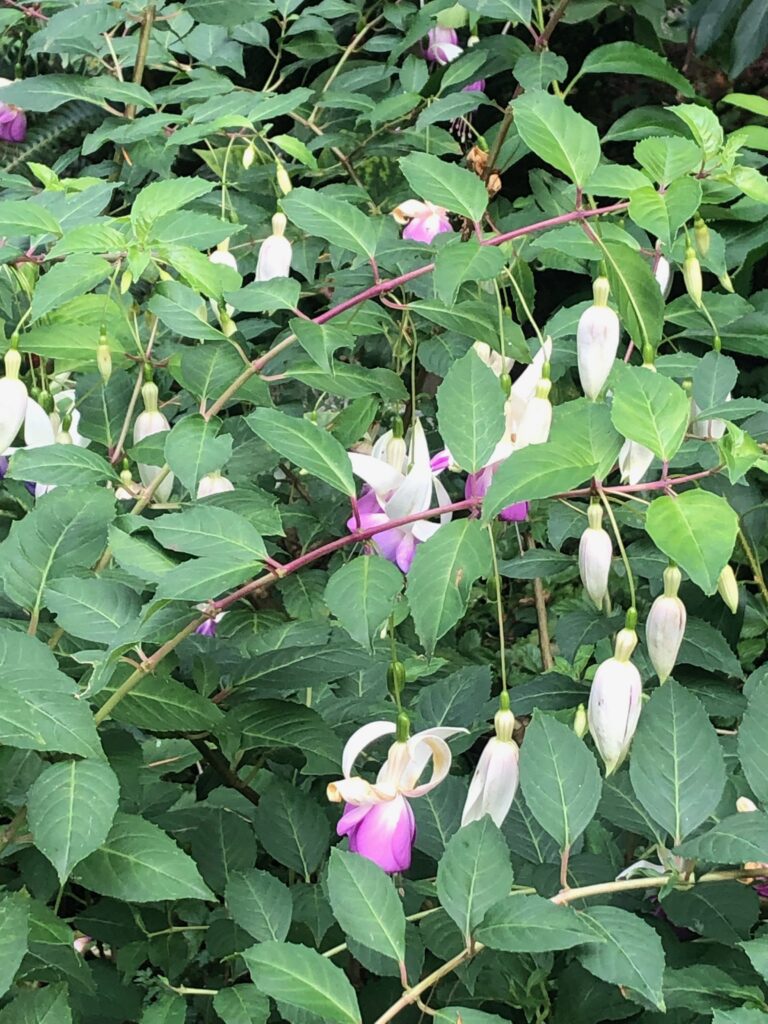
Even though I see signs of life in small ways – the aforementioned roses along our windows, picking tomatillos from our garden – I don’t think it’s a stretch to feel like things are shutting down a little more. We’re watching more movies at home lately, and I spend my study sessions in the same building to avoid the rain. Without any evidence that seasons will change and flowers will bloom again, it can be hard to keep a good perspective.
I certainly don’t expect my future class to have the professional background of horticulture, but there is importance in developing a culture of connection with the land for those who grew up alongside with native species and those who didn’t. We discussed taking a two-eyed lens approach to our classrooms, and that is a key element here as well: my experience is built on latin names, in a sort of environmental vacuum, according to what sells. Including botanical names and descriptive elements only goes so far: there is an entire ecological history, a medical and spiritual analysis, a community-based relationship of symbiosis, and narrative story behind the plants that grow here.
So then, why tech? Or, how tech? Most simply, and therefore first in my mind, was just to regularly get outside to the same place and just notice as a guest – just noticing what’s going on. That evidence-based memory I mentioned can be built for young students with a photo log: something that can be researched to learn about what happens in stems and root systems, visually and holistically compared between each other, or even set as a time lapse to understand how the land is active.
It’s a theme that seems so isolated from technology at first approach, but can build upon a lot of different interests: you just have to get them outside.
observant photographers, dynamic video editors, curious historians, connected Indigenous community members and allies, dutiful horticulturists, compassionate environmental experts, dedicated environmental scientists, thoughtful humanitarians, perceptive storytellers…
our children will grow into these, too